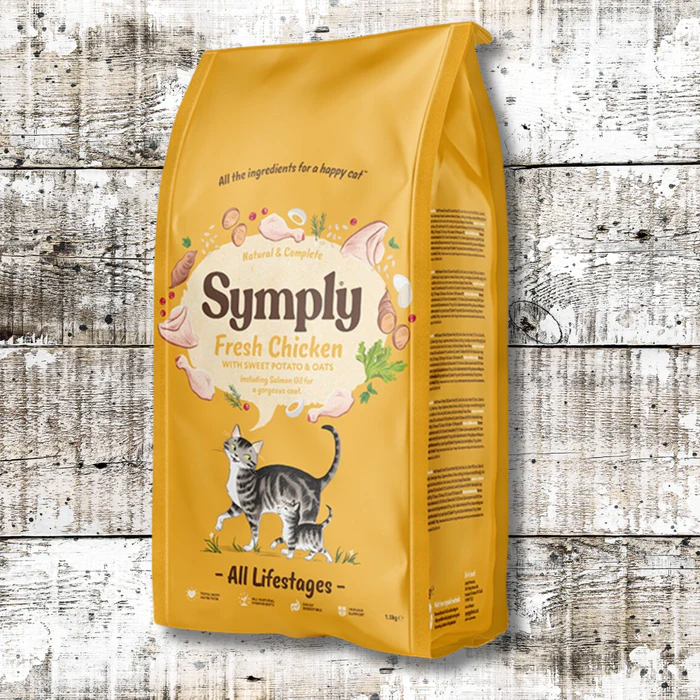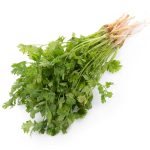Introduction to Fresh Food for Cats
Feeding cats a nutritious diet is essential for their overall health and well-being. Fresh food for cats has gained popularity among pet owners who want to provide the best possible nutrition for their furry friends. Unlike traditional dry or canned food, fresh food often contains high-quality ingredients that mimic a cat’s natural diet. This approach not only appeals to cats’ taste preferences but also offers numerous health benefits.
Cats are obligate carnivores, meaning they require a diet primarily composed of meat. Fresh food can include raw or lightly cooked meats, fruits, and vegetables. This nutritious option offers a range of vitamins, minerals, and proteins that are crucial for your cat’s development and longevity. In this article, we will explore the benefits of fresh food for cats, the types of fresh foods available, tips for transitioning your cat to a fresh food diet, and important considerations to ensure your cat receives balanced nutrition.
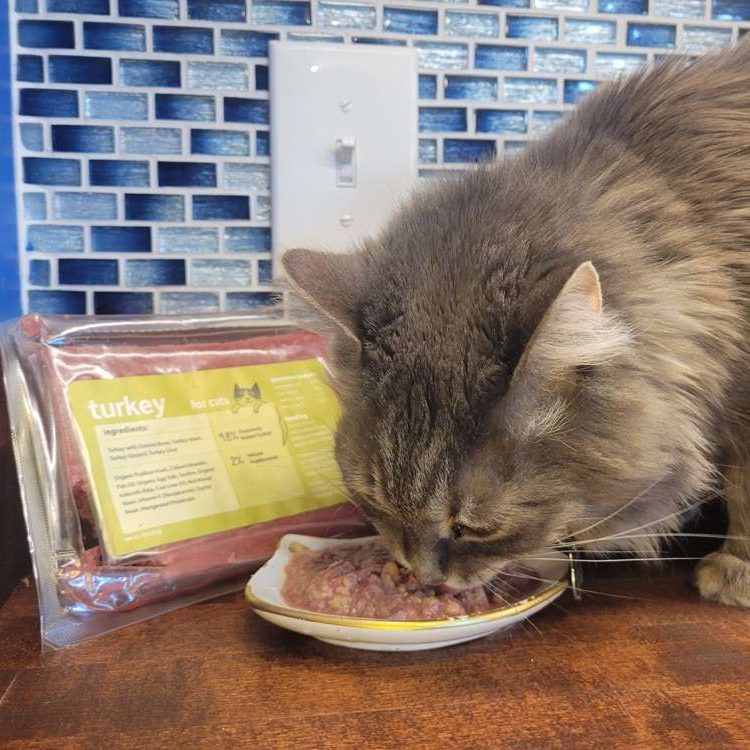
Benefits of Fresh Food for Cats
Improved Digestive Health
One of the main benefits of fresh food for cats is its positive impact on digestive health. Fresh, high-quality ingredients are easier for cats to digest compared to processed kibble or canned food. Cats thrive on a diet rich in natural fibers, proteins, and moisture, all of which are more readily available in fresh food.
Feeding fresh food can help reduce common digestive issues in cats, such as constipation and diarrhea. The moisture content in fresh food aids in hydration, which is especially important for cats that do not drink enough water. Overall, a fresh food diet can lead to a healthier and more comfortable digestive system for your feline friend.
Healthier Skin and Coat
Another significant advantage of switching your cat to a fresh food diet is the improvement in skin and coat health. High-quality proteins and essential fatty acids found in fresh food promote healthy skin and a shiny coat. Cats fed a balanced fresh diet often show reduced shedding, less dandruff, and fewer skin irritations.
The inclusion of omega-3 and omega-6 fatty acids is particularly important in maintaining skin moisture and elasticity. Fresh food can provide these beneficial nutrients in adequate amounts, which may not be as prevalent in processed cat food. A healthy coat is often a sign of a well-nourished cat, contributing to their overall well-being.
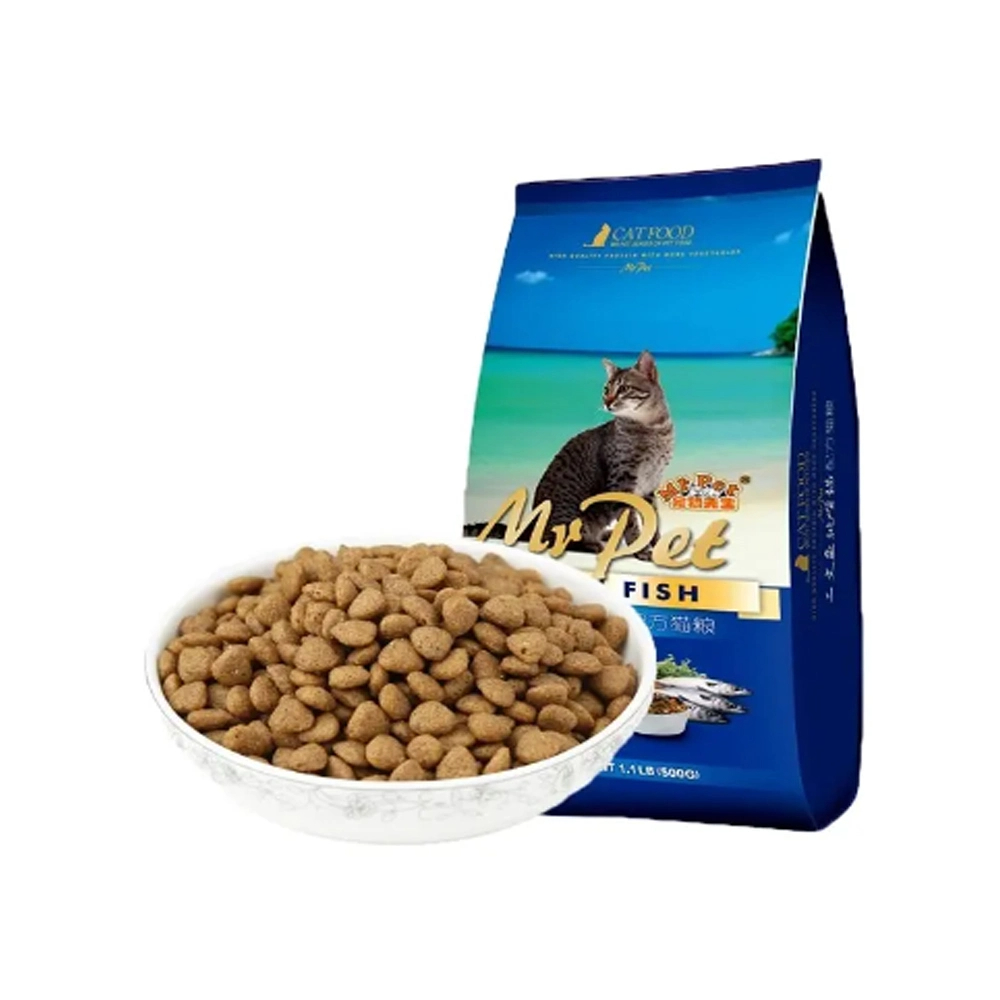
Types of Fresh Food for Cats
Raw Diet Options
One popular approach to fresh food for cats is the raw diet, also known as the “BARF” (Biologically Appropriate Raw Food) diet. This diet consists of raw meats, organs, bones, and sometimes raw fruits and vegetables. Proponents of raw diets argue that they closely resemble a cat’s ancestral diet, allowing for optimal nutrition.
When implementing a raw diet, it is crucial to ensure that your cat receives a balanced mix of ingredients. This includes muscle meat, organs, and bones to provide essential nutrients. It’s also essential to handle raw food safely to avoid bacterial contamination and to discuss any dietary changes with your veterinarian. Transitioning to a raw food diet requires careful planning to ensure that your cat’s dietary needs are met.
Fresh Cooked Meals
Another fresh food option for cats is the use of freshly cooked meals. Many pet owners choose to prepare home-cooked meals using quality ingredients such as chicken, turkey, beef, and fish. Freshly cooked meals can be balanced to provide essential nutrients while minimizing the presence of additives and preservatives.
Cooking for your cat allows complete control over ingredients, ensuring that they receive a diet free from fillers. While cooking fresh meals, it is important to include sources of protein, appropriate carbohydrates (such as sweet potatoes or brown rice), and some vegetables for fiber and vitamins. Consulting a veterinarian or a pet nutritionist is advised. This ensures meals are complete and balanced for your cat’s specific needs.
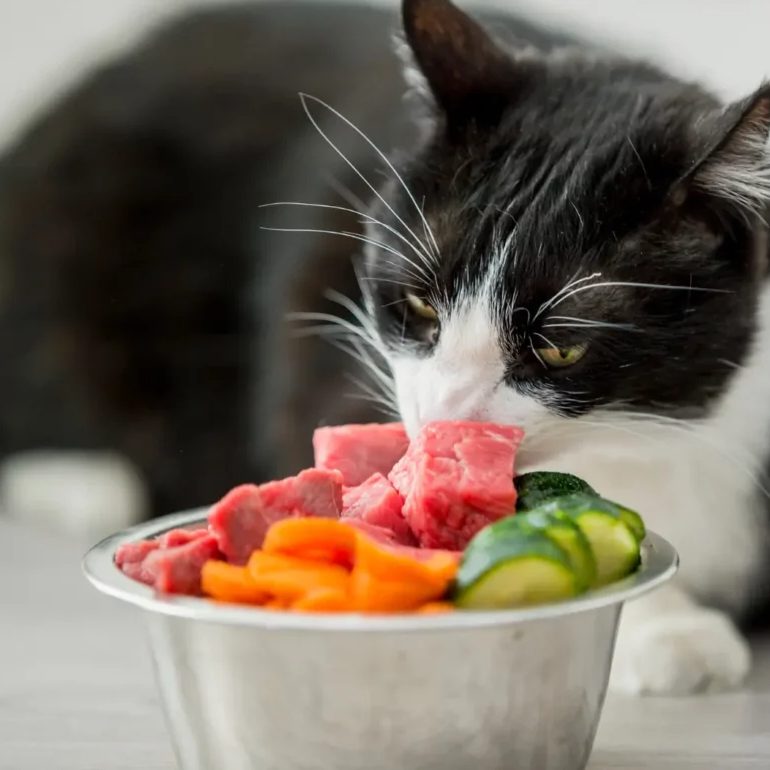
Transitioning Your Cat to Fresh Food
Gradual Introduction
Transitioning your cat to fresh food should be done gradually to avoid digestive upset. Sudden dietary changes can lead to gastrointestinal issues, such as vomiting or diarrhea. Instead, start by slowly mixing small amounts of fresh food into your cat’s current diet over several days.
Begin with about 25% fresh food combined with 75% of their regular food. As your cat adjusts, you can gradually increase the proportion of fresh food. This gradual introduction allows your cat’s digestive system to acclimate to new ingredients while helping them develop a taste for the fresh food.
Monitoring Your Cat’s Response
As you transition your cat to fresh food, closely monitor their response to the dietary changes. Observe their behavior, appetite, and overall condition. Look for any signs of digestive upset, such as vomiting or abnormal stool consistency. If any significant issues arise, consult with your veterinarian for guidance.
Additionally, pay attention to your cat’s energy levels and overall vitality. A successful transition should lead to improved energy and a healthier demeanor. By monitoring these changes, you can make informed decisions regarding your cat’s food and ensure that they are thriving on their new diet.
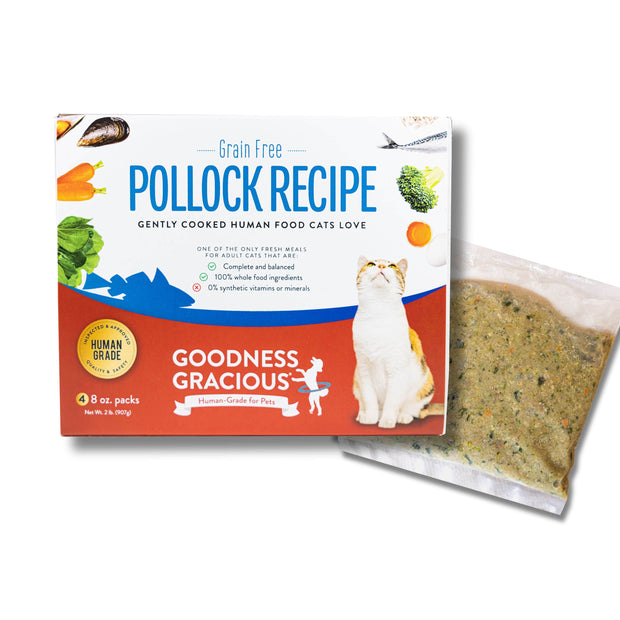
Important Nutritional Considerations
Balanced Diet Essentials
When feeding your cat fresh food, it is essential to ensure that their diet is balanced. Cats have specific nutritional requirements that must be met to support overall health. A balanced fresh food diet should include high-quality proteins, essential fatty acids, vitamins, and minerals.
Proteins should come from various sources, such as poultry, fish, and organ meats. Essential fatty acids, particularly omega-3 and omega-6, can come from fish or fish oils. Vitamins and minerals should be included too, often derived from fresh fruits and vegetables. Understanding your cat’s nutritional needs is crucial for providing the right mix of ingredients for optimal health.
Consulting a Veterinarian
Before making significant dietary changes for your cat, it’s essential to consult with your veterinarian. They can help provide guidance on appropriate fresh food options and nutritional requirements tailored to your cat’s age, weight, health status, and activity level.
Veterinarians can recommend specific recipes, supplements, or commercial fresh food products that align with your cat’s health goals. Regular checkups can also help monitor your cat’s progress as they adapt to their new diet, ensuring that they are healthy and thriving.
Commercial Fresh Food Options
Prepared Fresh Food Brands
In recent years, many companies have started offering commercially prepared fresh food for cats. These brands focus on using high-quality, natural ingredients, making it easy for pet owners to provide a nutritious diet without the hassle of cooking. Many of these products are sold frozen or refrigerated to maintain freshness.
Commercial fresh food options often come with clear labeling, outlining the ingredients and nutritional information. This transparency can make it easier for pet owners to choose the appropriate diet for their cats. While these options may come at a higher price point compared to traditional kibble or canned food, many pet owners find the investment worth it for the health benefits provided.
Subscription Services
An emerging trend in the pet food market is the availability of fresh food subscription services. These services deliver fresh meals directly to your door, allowing you to skip the hassle of meal prep. Providing convenience and quality, these services have gained popularity among busy pet owners. Many subscription services cater to specific dietary needs, allowing customization of meals based on your cat’s preferences and nutritional requirements.
These services typically offer trial periods or options to adjust meal plans according to your cat’s taste preferences and dietary needs. By using a subscription service, pet owners can ensure their cats consistently receive fresh, balanced meals without the stress of cooking or shopping regularly.
Conclusion: Embracing Fresh Food for Your Cat
In conclusion, fresh food for cats presents an excellent opportunity to provide nourishment tailored to their natural dietary needs. There are numerous benefits to incorporating fresh food into your cat’s diet, including improved digestive health, healthier skin, and a shiny coat. By exploring various fresh food options, such as a raw diet or home-cooked meals, you can find what works best for your feline friend.
Transitioning your cat to fresh food should be done gradually, with careful monitoring for any signs of discomfort or dietary issues. It’s crucial to focus on maintaining a balanced diet while consulting with your veterinarian for guidance along the way. With the abundance of commercial fresh food options and subscription services available, providing quality nutrition has never been easier.
Ultimately, embracing fresh food for your cat allows you to support their health and well-being, contributing to a happier, more vibrant life. By making the choice to invest in your cat’s nutrition, you are impacting their overall quality of life. Fostering a healthy relationship with food can lead to many joyful moments together, ensuring that your feline friend thrives for years to come.
